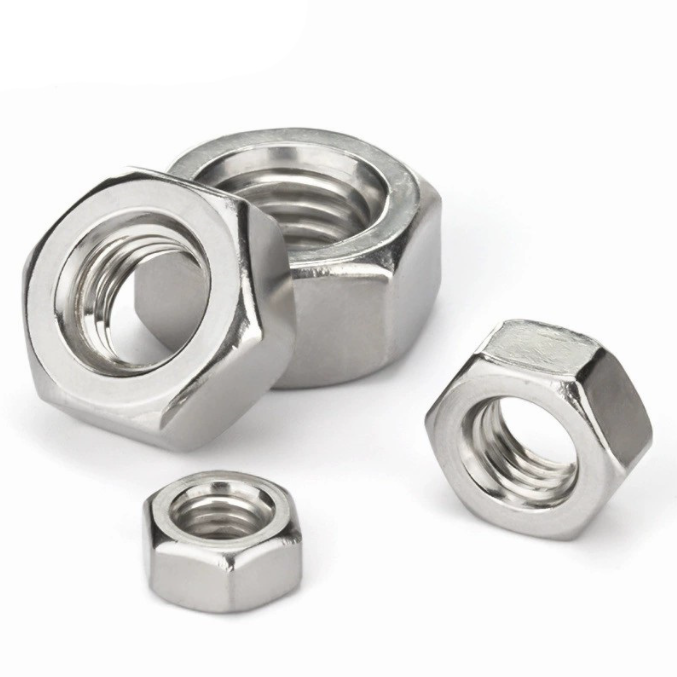

stud bolt anchor
Dec . 11, 2024 12:02 Back to list
stud bolt anchor
Understanding Stud Bolt Anchors A Key Component in Structural Engineering
In the realm of structural engineering and construction, the reliability and strength of connections are paramount. Among the various fastening techniques employed in the industry, stud bolt anchors stand out as a crucial component. These specialized anchors not only ensure the stability of structures but also play a pivotal role in various applications, from heavy machinery to complex industrial setups.
What are Stud Bolt Anchors?
Stud bolt anchors are essentially threaded rods that provide a robust connection between different structural elements. Typically, they consist of a long, cylindrical shaft with threads running along its length. At one end, they may consist of a head or a nut, which helps in securing the assembly. Exceedingly versatile, stud bolts can be used in various materials, including steel, stainless steel, and other alloys, making them suitable for diverse environments, including corrosive settings.
Applications of Stud Bolt Anchors
The applications of stud bolt anchors are vast and varied. They are often used in industries such as oil and gas, construction, power generation, and shipbuilding. In refineries and chemical plants, for instance, they secure piping systems, ensuring that they can withstand both the internal pressures and the external conditions of the facilities.
Moreover, in the realm of wind energy, stud bolt anchors are crucial in securing turbine components to their foundations, resisting significant aerodynamic loads during operation. Their robustness is also advantageous in marine applications where they must endure harsh environmental conditions, including saltwater exposure and high winds.
Advantages of Stud Bolt Anchors
stud bolt anchor

One of the primary advantages of stud bolt anchors is their strength. Their threaded design allows for a tight and secure fit, which is essential for maintaining structural integrity. Additionally, they can be easily installed and removed, making them an ideal choice for applications that require regular maintenance or adjustments.
Another benefit of stud bolt anchors is their versatility. They can be manufactured in various lengths and diameters, enabling engineers to choose the right specifications for different projects. Furthermore, they can be equipped with a wide range of nuts and washers, allowing for customization based on specific requirements.
Corrosion resistance is another critical factor. Many stud bolts are treated to withstand environmental stresses, including temperature fluctuations and exposure to chemicals, which is particularly important in the oil and gas sectors. This durability ensures that they maintain their performance over time, reducing the likelihood of failures.
Best Practices for Installation
To maximize the effectiveness and longevity of stud bolt anchors, proper installation practices must be followed. This typically includes ensuring that the anchor is adequately threaded into the base material, following torque specifications to achieve the correct tightness, and using the appropriate nuts and washers to provide additional support.
Regular inspections are also critical. As stud bolt anchors can experience fatigue and corrosion over time, maintaining a scheduled assessment routine can prevent unforeseen failures and enhance safety.
Conclusion
Stud bolt anchors play an indispensable role in the integrity and safety of various structures across multiple industries. Their strength, versatility, and corrosion resistance make them an essential choice for engineers and builders. As technology and materials continue to evolve, the development of even more effective stud bolt anchor solutions is likely to enhance their performance and application, further solidifying their position as a cornerstone in structural engineering practices.
Latest news
-
Hot Dip Galvanized Bolts-About LongZe|High Strength, Corrosion Resistance
NewsJul.30,2025
-
High-Strength Hot Dip Galvanized Bolts - Hebei Longze | Corrosion Resistance, Customization
NewsJul.30,2025
-
Hot Dip Galvanized Bolts-Hebei Longze|Corrosion Resistance&High Strength
NewsJul.30,2025
-
High-Strength Hot-Dip Galvanized Bolts-Hebei Longze|Corrosion Resistance&High Strength
NewsJul.30,2025
-
Hot Dip Galvanized Bolts-Hebei Longze|Corrosion Resistance&High Strength
NewsJul.30,2025
-
Hot Dip Galvanized Bolts - Hebei Longze | Corrosion Resistance, High Strength
NewsJul.30,2025

